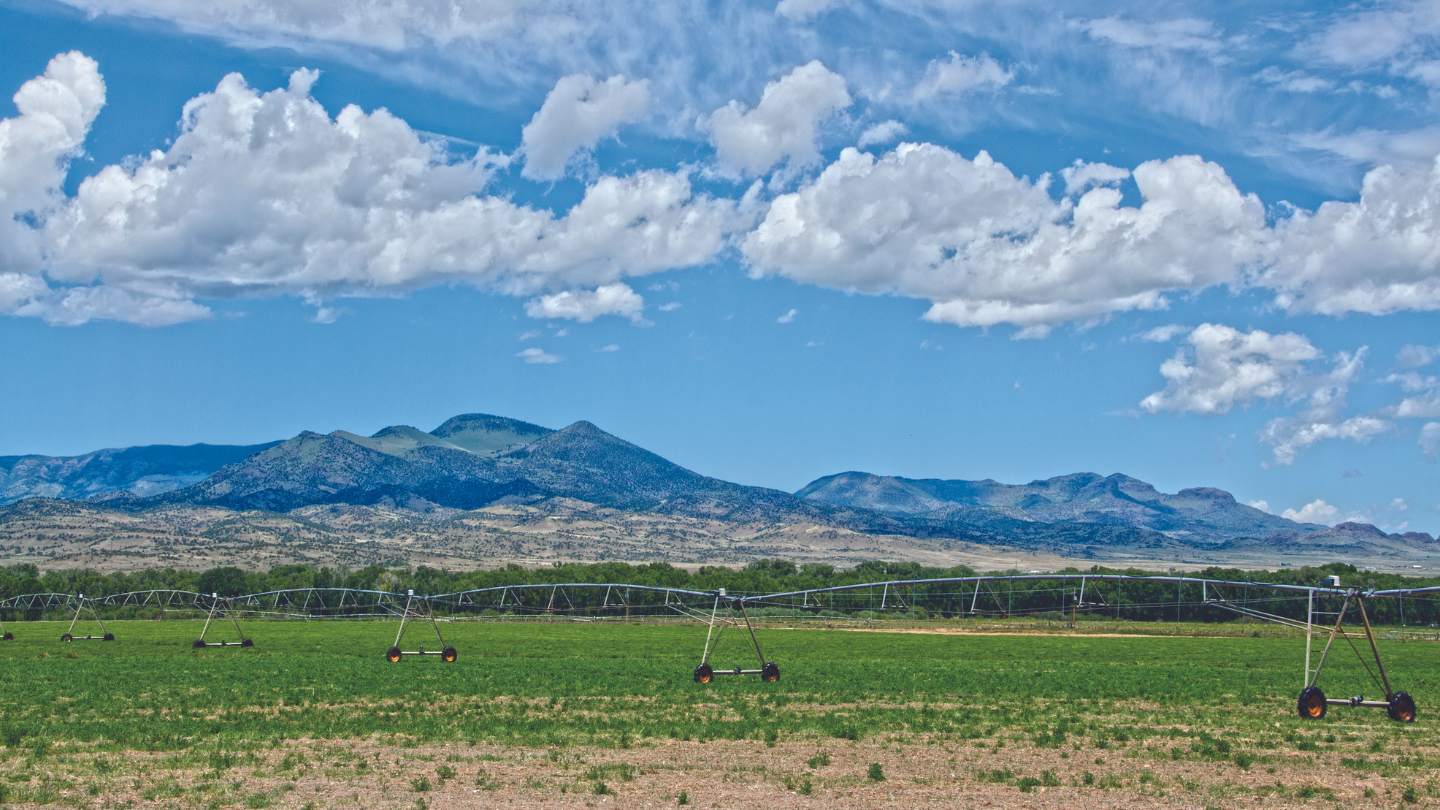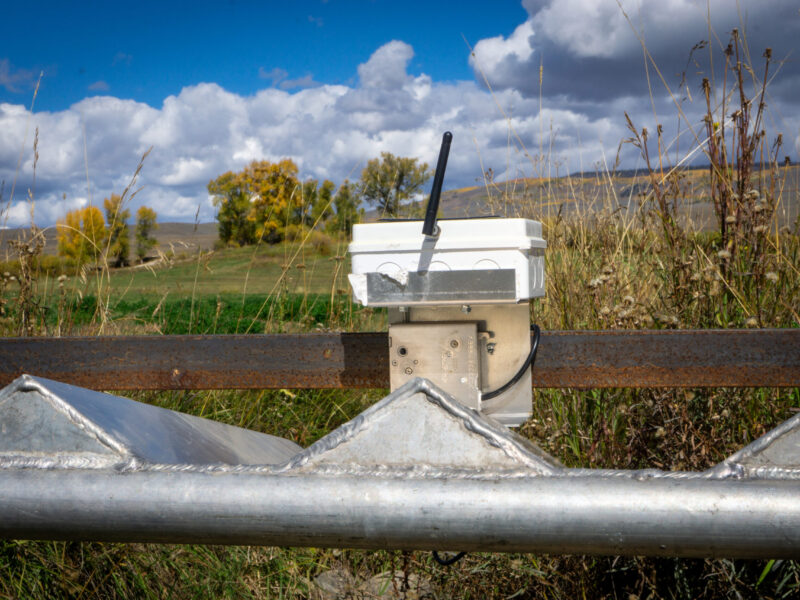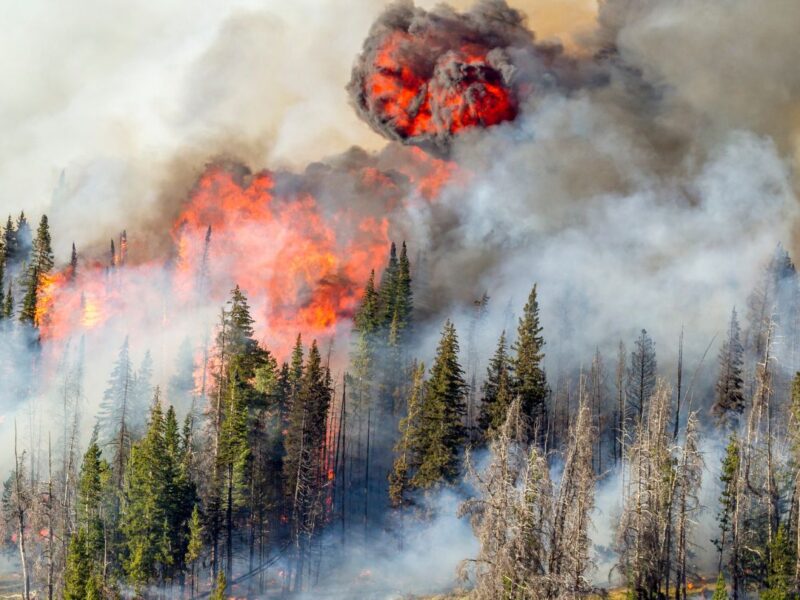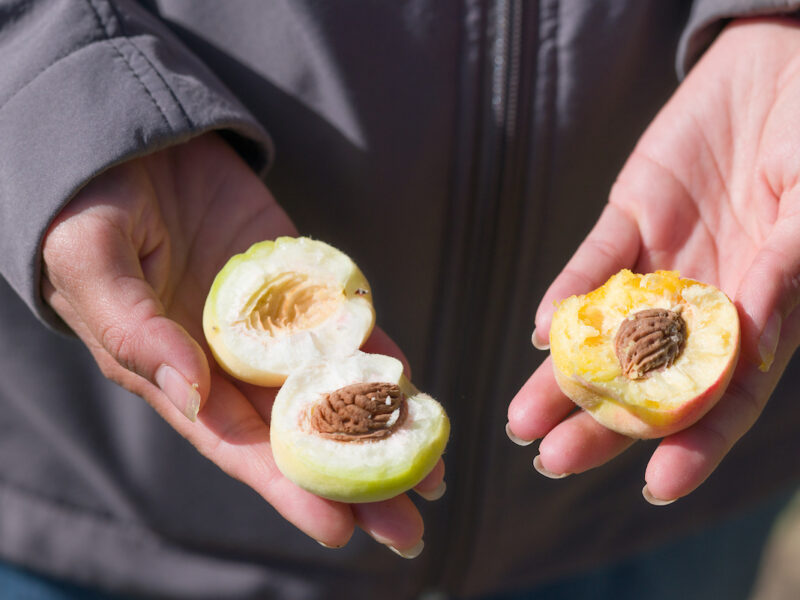When conversations turn to water in the West, it’s often about surface water, especially in relation to the challenges facing states that rely on the Colorado River. But subsurface water, confined and unconfined aquifers, also plays a critical role in the region’s vitality—and is under similar pressure.
Signs of that pressure are found worldwide in studies that show increasing groundwater depletion. A New York Times special report based on its analysis of “tens of thousands of monitoring wells” confirmed that decline across the country and asserted that the underlying aquifers may never recover their losses. The trend is especially troubling given that water from aquifers provides the majority of drinking water in our country. It also provides for industrial and agriculture needs—for example, up to 40% of theirrigation water in California’s agricultural juggernaut Central Valley comes from groundwater.
It’s a sobering reality, but extensive collaborative work is being done across the West by landowners, conservation and agriculture groups, and governments to address aquifer depletion and sustain the economies and communities that rely on that water.
“[Center pivots] are really good at taking water out of the aquifers, not so great at putting it back in.”
– George Whitten
UNDERGROUND BUT NOT OVERLOOKED
To understand this work, let’s focus on Colorado’s San Luis Valley, home to the oldest irrigation system in continuous use in the state: the People’s Ditch, dug in 1852 by Hispanic settlers. The valley also serves as the headwaters of the Rio Grande and hosts a significant agricultural economy—led by a potato harvest that is top 10 in the country. There also are wetlands and habitat for more than 160 species of birds in the valley, anchored by the Monte Vista National Wildlife Refuge.
Competition for water has been a fact of life in the valley since a settlement boom in the 1880s. Water use to support the emerging agriculture and cattle operations was of such a concern that Colorado, New Mexico and Texas signed the Rio Grande Compact in 1938 to ensure the continued flow of the river. The 1950s brought the next big challenge, center pivot sprinklers, which draw enormous amounts of water directly from valley aquifers.
Rio De La Vista has spent decades working in the valley to help conserve its water. “There are old pictures showing water shooting 20, 30 feet up in the air out of artesian wells,” said De La Vista, who served as associate director of the Rio Grande Headwaters Land Trust for 18 years starting in 2000. “And there was the Rio Grande and its tributaries. So, for the number of people living there back then, there was plenty of water. But in the ‘50s there was the arrival of rural electrification and the new turbine pump design … so if the surface water ran out in July, you were able to finish raising your crops” by irrigating with water from the aquifers. That was good news for farmers, but it accelerated the use of subsurface water and further lowered aquifers.
San Luis Valley rancher George Whitten has deep roots in the valley, following in the footsteps of his father, who ran sheep. He agrees with De La Vista on the dual-edged impact of center pivot sprinklers. As he puts it, wryly: “They’re really good at taking water out of the aquifers, not so great at putting it back in.” For decades, Whitten, who runs San Juan Ranch with his wife, Julie Sullivan, has used holistic land management practices that, he says, enable him to “to use 50% less water than some of my neighbors (who use traditional farming methods) because my soil is more absorbent.”
While that approach works well for his more modest cattle operation, Whitten understands that using holistic management to farm at the scale required by modern agriculture is not possible right now. “Transitioning out of that approach is not going to happen overnight. Maybe in a generation or two.”
WATER FOR EXPORT?
The other challenge facing the valley is water exportation, which first happened in the late ‘90s, said De La Vista. “The thing that brought people together (at that time) was the threat of water exportation. Entities came in and bought water, a lot of it centered on the Baca Ranch near the Sand Dunes.”
That threat was resolved through a multiyear process that included valley residents, The Nature Conservancy and various federal agencies, and that ultimately created the Baca National Wildlife Refuge in 2003, which protects the Great Sand Dunes hydrological system and preserves water for agriculture.
By then, however, the valley had been devastated in 2002 by a severe drought, which spurred more conservation efforts and increased opposition to future attempts to export water to urban communities on Colorado’s Front Range. “People realized it’s not like we have excess water here. Water shouldn’t be exported,” said De La Vista.
The Colorado Cattlemen’s Agricultural Land Association (CCALT) is one of many groups that have sought to preserve land and water in the valley. CCALT’s Brendan Boepple cited work started in the late ‘90s by the association to create easements in the Saguache Creek corridor that tie the water to the land. Those conservation agreements now total 30,000 acres of land: a significant success in sustaining historic ranches and the valley’s water resources. “We’re really proud of the work we have done down there,” said Boepple, CCALT’s director of additive conservation. “Our goal is to use conservation easements as a way to bolster and support communities.”

“The situation requires creativity, but we have a lot of people working hard on it, and we have a lot of tools in our toolbox.”
– Rio De La Vista
DRIER, NOT BLEAKER
Work continues in a variety of ways to conserve water in the valley, from state and federal oversight to the 2022 passage of the Groundwater Compact Compliance Fund by the Colorado state legislature, which provided $30 million to incentivize the retirement of groundwater wells in the Upper Rio Grande Basin. The Alamosa Citizen reported that “seven months after opening applications to the fund, the Rio Grande Water Conservation District has enough contracts to spend nearly the entirety of the $30 million (which would) pay for the retirement of approximately 11,296 acre-feet of water.” One acre-foot is about 325,000 gallons, or enough for about two households worth of domestic water use for a year.
However it shakes out, transition is a certainty in the San Luis Valley, given that more than 30,000 acres have been taken out of agriculture production so far through various programs, with more to come. De La Vista understands that a decline in the agriculture economy means that valley residents have to find new opportunities. “The situation requires creativity,” she said, “but we have a lot of people working hard on it, and we have a lot of tools in our toolbox.”
In 2005, Ken Mirr founded Mirr Ranch Group, a ranch real estate brokerage specializing in legacy and sporting properties with conservation values. Ken has served as a Western Landowners Alliance board member.





